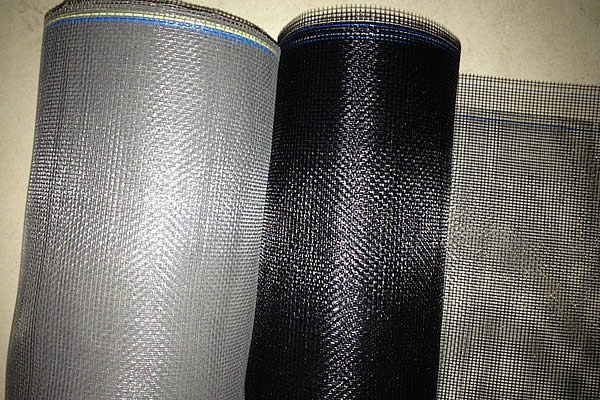 TEL:
+86-13102802206
TEL:
+86-13102802206
 Email:
fencenetting@china.com
Email:
fencenetting@china.com
 Language
Language
 TEL:
+86-13102802206
TEL:
+86-13102802206
 Email:
fencenetting@china.com
Email:
fencenetting@china.com
 Language
Language


The Importance of Prison Mesh Fencing
In the modern landscape of security, prison mesh fencing has emerged as a vital component in the design and maintenance of correctional facilities. These specialized fences serve a dual purpose protecting the public from potential offenders and maintaining order within detention centers. Understanding the significance of prison mesh fencing can shed light on its crucial role in the overall security infrastructure.
First and foremost, prison mesh fencing is designed to create a formidable barrier between the incarcerated individuals and the outside world. Unlike traditional fencing, mesh fencing is constructed using a high-tensile steel wire that offers enhanced durability, making it extremely difficult to breach. The design allows for visibility while simultaneously preventing escape, thereby deterring potential attempts by inmates to flee the facility. This transparency is essential as it enables guards to monitor activities both inside and outside the prison, ensuring that any suspicious behavior is quickly addressed.
Another critical aspect of prison mesh fencing is its effectiveness in managing inmate interactions. In many facilities, the fencing serves as a boundary that keeps different inmate populations separate, thus reducing the potential for violence and conflicts. By limiting contact between rival gangs or individuals with a history of violence, prison authorities can maintain a safer environment for both staff and inmates.

Moreover, the installation of prison mesh fencing is also an investment in long-term security. These fences require minimal maintenance compared to traditional walls, making them a cost-effective solution for tax-funded correctional facilities. The durability of the materials used means that they can withstand harsh weather conditions and resist vandalism, ensuring that the facility remains secure without incurring frequent repair costs.
In addition to preventing escapes and managing inmate behavior, prison mesh fencing also plays a significant role in perimeter security. Many correctional facilities are situated close to urban areas, and the presence of effective fencing helps to create a secure boundary that prevents unauthorized access. This is particularly important for preventing outside disturbances and protecting the community from potential threats posed by inmates.
Environmental considerations have also influenced the design of prison mesh fencing. Contemporary facilities are increasingly focusing on sustainability, and mesh fencing allows for better airflow and sunlight penetration than solid walls. This can contribute to a more humane environment for inmates, promoting better mental health and possibly reducing recidivism rates.
In conclusion, prison mesh fencing is a critical element in the architecture of correctional institutions. Its robust design, combined with its ability to provide safety and visibility, makes it an essential tool in modern security practices. Through enhancing perimeter security, managing inmate interactions, and supporting environmental sustainability, prison mesh fencing serves as a multifaceted solution to the complex challenges faced by correctional facilities today. As we continue to evolve our approach to incarceration, the importance of investing in effective security measures like mesh fencing will only become more pronounced.